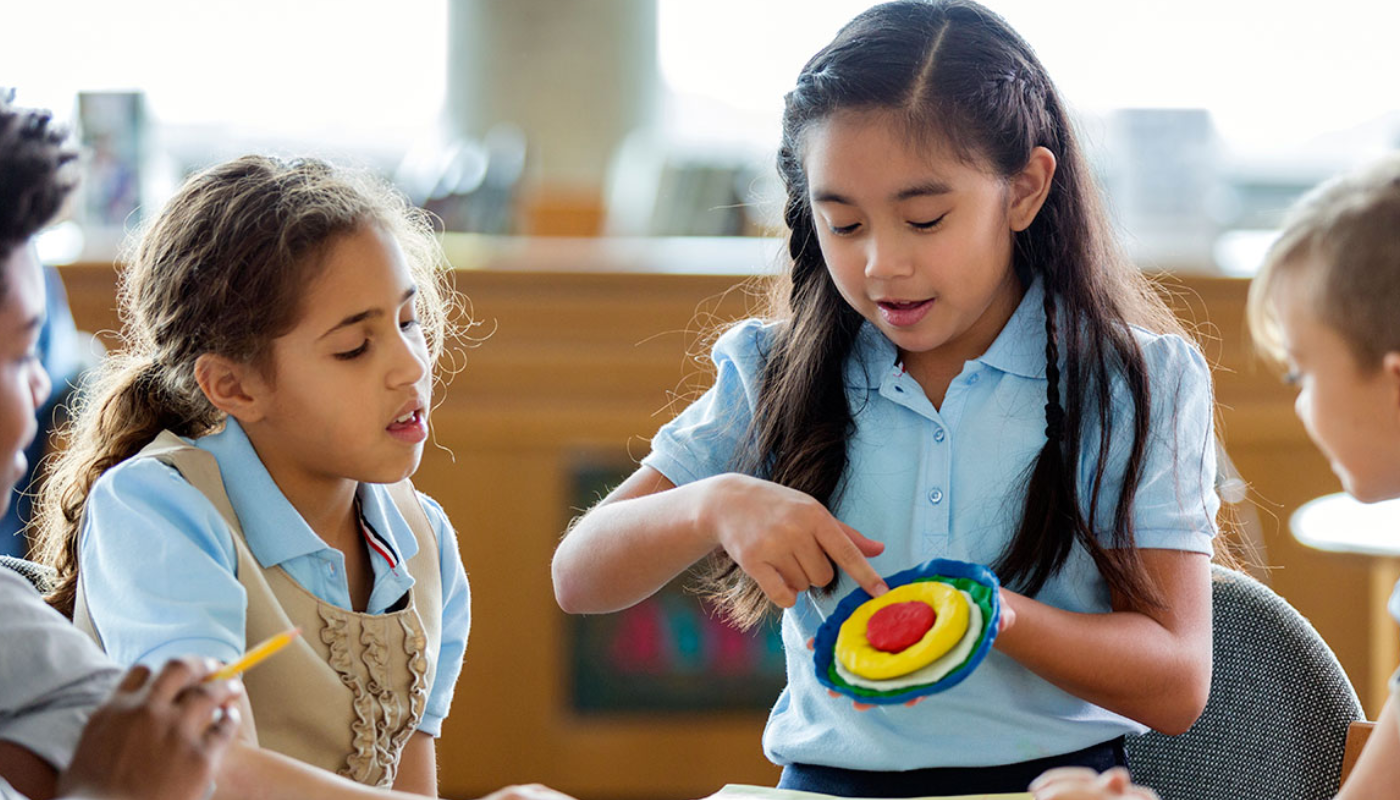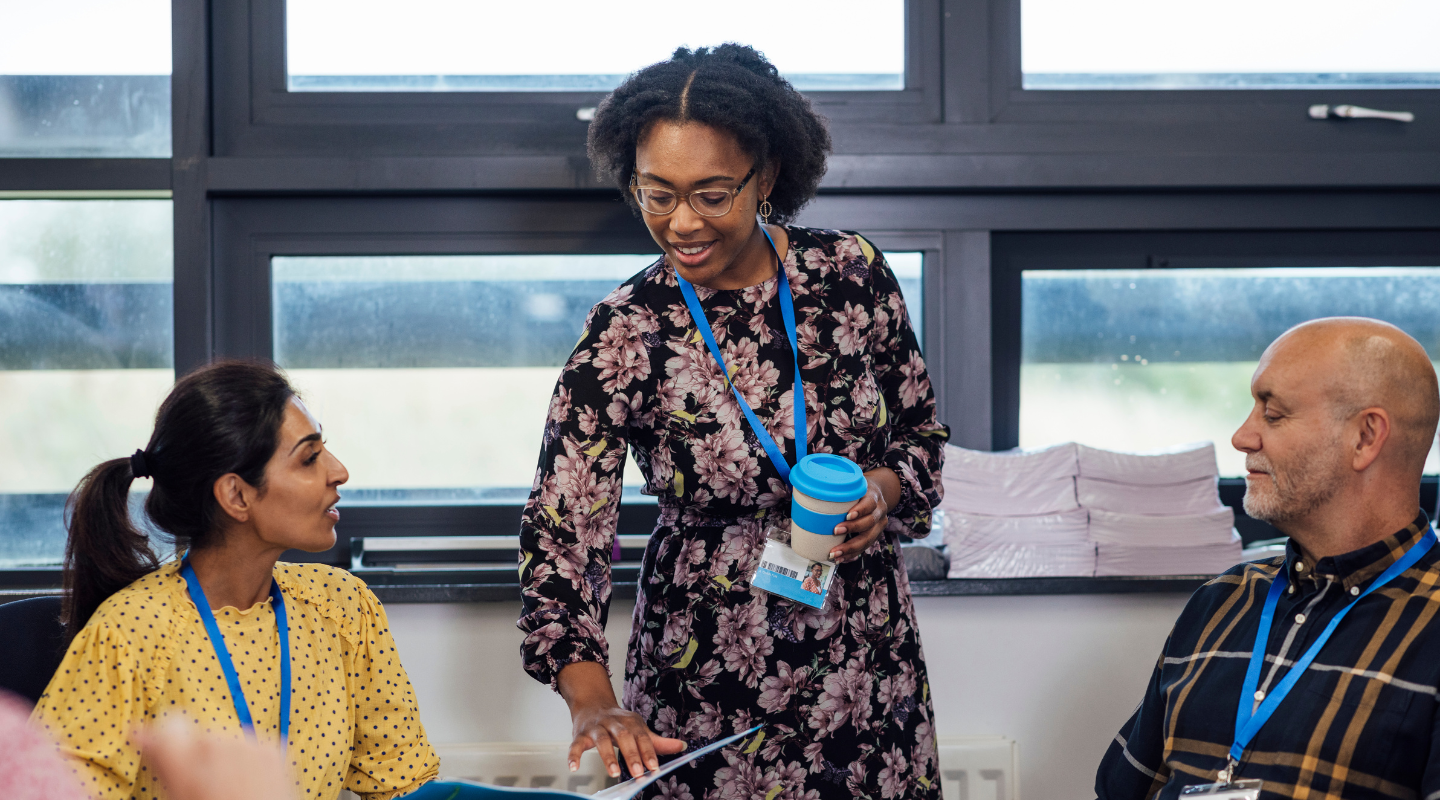How classroom teaching can become more inclusive for neurodiverse pupils

Neurodiversity is a prominent subject in education, and how schools teaching methods can be tailored to a wide range of students. As neurodiversity refers to the differences between how people think, process information, behave, communicate and respond to the world around them, it has a profound impact on how students learn and interact with teachers and peers in school.
A 2024 report from The Department of Education found an estimate of 15-20% of children and young people are neurodivergent.Therefore, the need for inclusive teaching styles and learning environments is more important than ever as children are now being diagnosed accurately and earlier than previous years. This brings into question how teaching must be adjusted to match the needs of neurodiverse students.
At NextGen Teachers, we pride ourselves on ensuring all students are supported and valued in the classroom, as well as having a strong focus on recruiting the right teachers in Primary, Secondary and SEN schools.
Neurodiversity and how it impacts learning
Some of the most common neurodiverse conditions found in schools are:
Attention Deficit Hyperactivity Disorder (ADHD): Students with ADHD may struggle with attention, focus, and hyperactivity. This often makes it difficult for them to sit still or follow instructions that require long periods of concentration.
Current teaching techniques for ADHD students include:
- Allow breaks – as for children with ADHD, paying attention requires more effort
- Allow time to move and exercise
- Issue shorter assignments that provide a little challenge (CDC)
Dyslexia: Students with dyslexia often have difficulty with reading, spelling, and writing. They may need more time to process written information or require alternative learning materials (such as audio files).
Current teaching techniques for dyslexic students include:
- Provide handouts that contain the learning points rather than asking pupils to copy text from the whiteboard or take notes
- Use a visual timetable with colour coding and symbols
- Encourage peer support to record homework tasks in the planner (British Dyslexia Association)
Autism Spectrum Disorder (ASD): Students with ASD often have differences in social interaction, communication, and behaviour. They may find it challenging to understand social cues or adapt to new routines in the classroom. This can include being overstimulated by bright lights and loud noises.
Current teaching techniques for autistic students include:
- Give instructions in lists, breaking down the task into manageable chunks
- Use visuals and structured tasks, incorporating the student’s own interests wherever possible
- Give autistic students time to process information (National Autistic Society)
Impact on learning in the classroom
These neurodiverse conditions can affect how students learn and behave in school. It is important for schools and teachers to understand neurodiverse conditions and to pick the best teaching methods to ensure they are being taught in a way that is beneficial for them.
Traditional teaching is teacher-centred instruction, focusing on textbooks and lectures. The teacher controls the course curriculum, teaching methodology, and learning environment. With this style expecting students to recite, study and memorise for assignments, these methods often require students to process and retain information quickly and accurately, which can be challenging for neurodiverse students.
For example, students with dyslexia may struggle to read quickly enough to keep up with lecture-based learning, while students with ADHD may have difficulty focusing for long periods of time.
Traditional learning methods can also worsen existing difficulties and cause further stress and anxiety which can impact classroom behaviour. For example, written assessments can be particularly challenging for students with learning difficulties, who may struggle to recall information quickly and accurately. (Chisholm Academy)
While studies have shown neurotypical students perform better with lecture-based learning, this is not the case for neurodiverse individuals.
Traditional teaching involves executive functioning skills such as planning, organisation, time management, and flexible thinking, which can be impaired in students with ASD, leading them to underachieve in the classroom.
A 2020 study by the British Journal of Educational Psychology found students with ADHD are more likely to have a below-expected attainment in literacy than neurotypical students.
This shows the importance of schools and teachers to adapt their methods ensuring all students engage and can thrive in the classroom.
How to make your classroom neurodiverse-friendly
Environment
Many neurodiverse students are hypersensitive to bright lights and loud noises which can make them feel overwhelmed easily and unable to focus in the classroom. To combat this, teachers can make the environment neurodiverse friendly, such as using natural lighting and providing noise-cancelling headphones when needed for when neurodivergent students are feeling overwhelmed. Schools can also designate a quiet space where overstimulated students can take a break.
Multi-sensory learning
Neurodiverse students may process and learn information in different ways. One way to support neurodiverse students is to integrate multisensory learning, which is a teaching method that involves using more than one sense at a time to help students learn and retain information.
This can include:
- Providing visuals such as diagrams, videos and pictures
- Offering hands-on activities for kinaesthetic learners
- Catering to audio learners through storytelling and discussions
- Providing interactive technology engages digital learners
By providing multisensory options combining visual, auditory, tactile and exploratory elements, teachers can meet a wide range of learning needs. This multi-sensory approach, pairing engaging visuals with structured language, allows neurodivergent students to effectively comprehend, retain, and apply the content.
Flexible seating arrangements
Neurodivergent students can struggle remaining still and focused for long periods of time in traditional classroom setups. Flexibility with seating and movement acknowledges this diversity of needs within an inclusive learning environment.
Connex Education Partnership recommends teachers to support these students by allowing fidget toys, doodling, or finger tracing to channel restless energy.
Providing alternative seating like standing desks or beanbags can be helpful for pacing or movement breaks builds in much-needed opportunities to reset. Embracing flexibility with seating and mobility empowers neurodivergent learners to stay engaged and focused by meeting their sensory needs in the classroom.
Recruitment
At NextGen, we are looking for teachers who have student care at the forefront of their lessons and are keen to use best practice techniques to understand, improve and adapt their teaching is incredibly important.
Our hiring practices are designed to ensure that we attract and retain teachers who prioritise student care and understand the importance of neurodiversity in the classroom.
We encourage our candidates to be the best educator they can be, which is why we have teamed up with The National College to provide continuous professional development. Candidates have access to over 400 courses to support their career growth and develop their skills and experiences.
If you are interested in developing your professional skills and learning more about neurodiverse teaching techniques, please contact NextGen Teachers:
0113 205 6401





